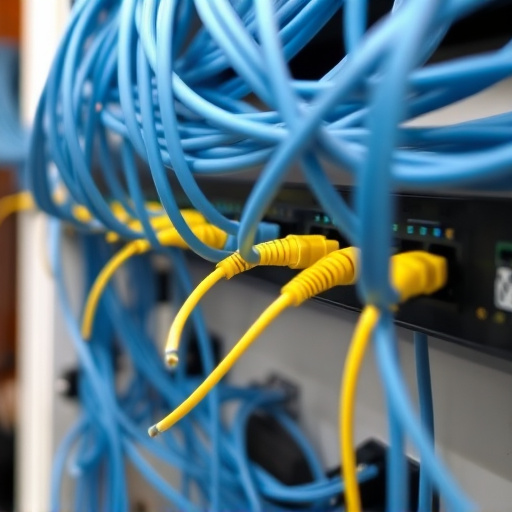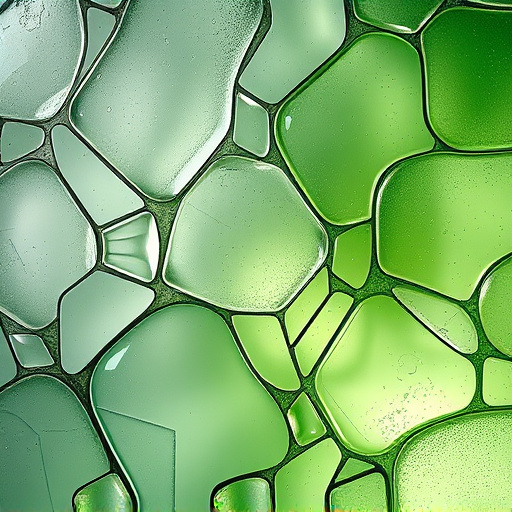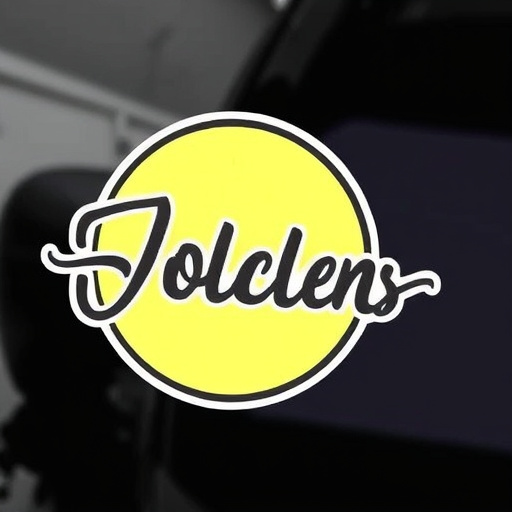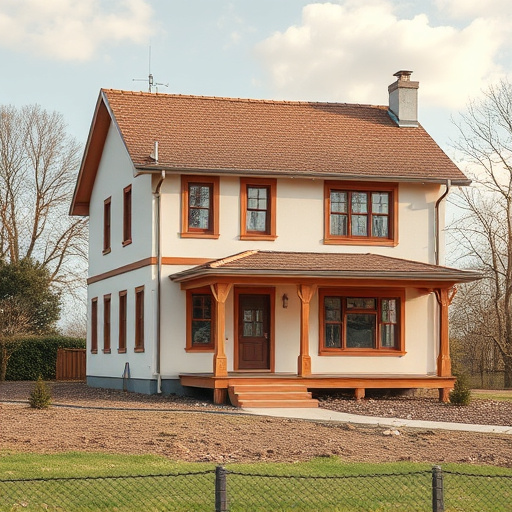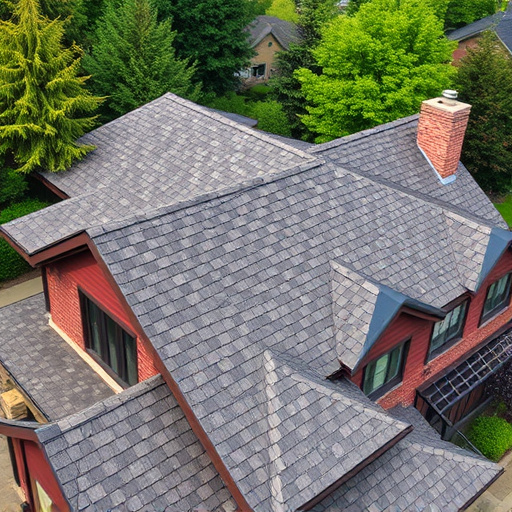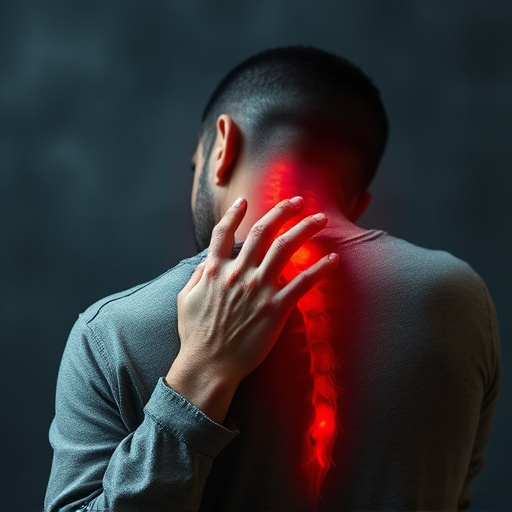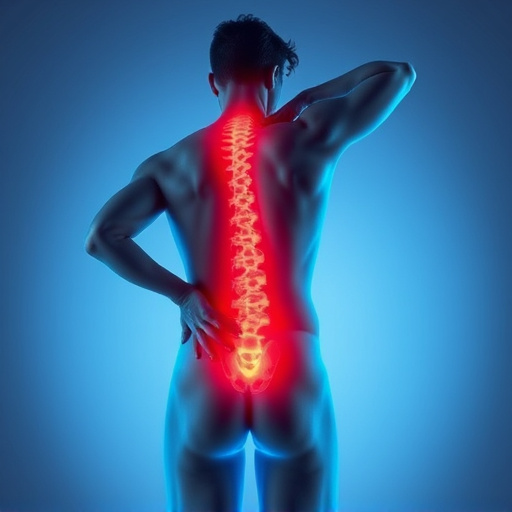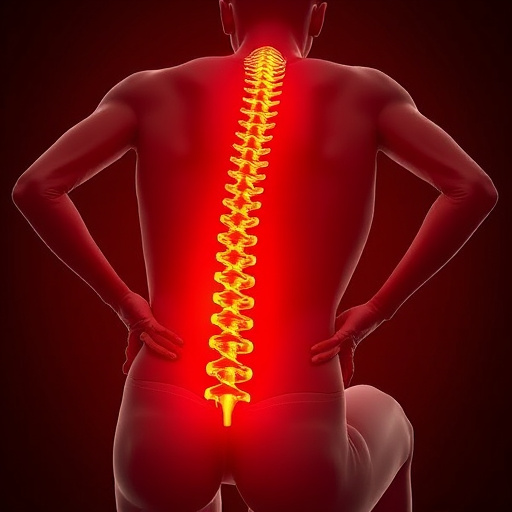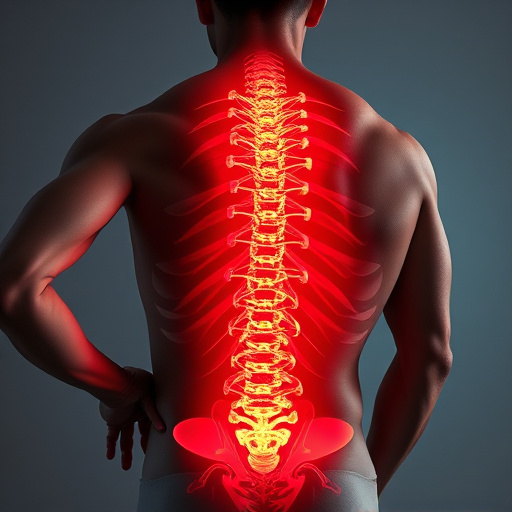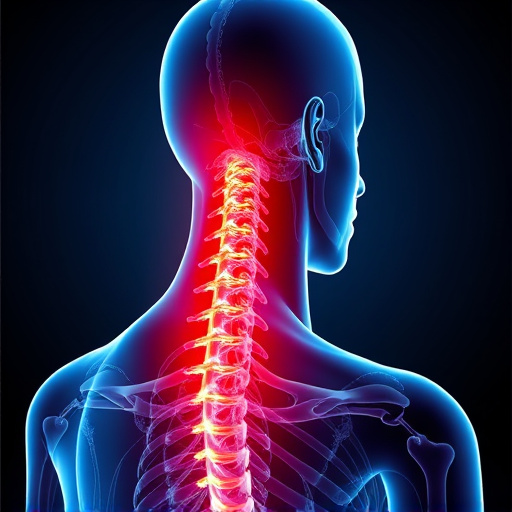A pinched nerve, often caused by poor posture, trauma or repetitive actions, leads to discomfort from sharp sensations to weakness. Early identification is crucial for effective treatment including physical therapy and rehabilitation. Heat and cold therapy complement chiropractic care, with heat improving blood flow and flexibility, and cold reducing swelling and pain. Combining these therapies with targeted exercises offers the best results for lasting pinched nerve relief.
“Unsure how to alleviate a pinched nerve? This guide unravels the age-old debate between heat and cold therapy, offering insights into effective relief strategies. ‘Pinched Nerve Relief’ isn’t just about choosing between hot and cold; it’s understanding the science behind it. From identifying causes and symptoms to exploring the mechanisms of heat and cold therapy, we provide a comprehensive approach. Learn tips for personalized treatment, ensuring swift recovery from pinched nerves. Discover the power of targeted care for optimal relief.”
- Understanding Pinched Nerves: Causes and Symptoms
- Heat vs Cold Therapy: Mechanisms and Effects
- Choosing the Right Therapy: Tips and Considerations for Pinched Nerve Relief
Understanding Pinched Nerves: Causes and Symptoms

A pinched nerve occurs when a nerve is compressed or trapped, leading to discomfort and potential pain. This common issue can arise from various factors, often related to repetitive motions, sudden injuries, or structural abnormalities in the body. In many cases, it manifests as a sharp or burning sensation, numbness, or weakness in the affected area. For instance, a pinched nerve in the arm might cause pain that radiates from the elbow to the hand, while a compressed nerve in the back could result in leg pain and numbness.
Understanding the causes is crucial for effective relief. Poor posture, repetitive tasks like typing or carrying heavy bags, or even a simple twist during daily activities can contribute to pinched nerves. In cases of chronic conditions like carpal tunnel syndrome or radiculopathy, physical therapy and injury rehabilitation play vital roles in managing symptoms and promoting muscle recovery. Recognizing the early signs is essential for seeking appropriate treatment, ensuring faster and more effective pinched nerve relief.
Heat vs Cold Therapy: Mechanisms and Effects
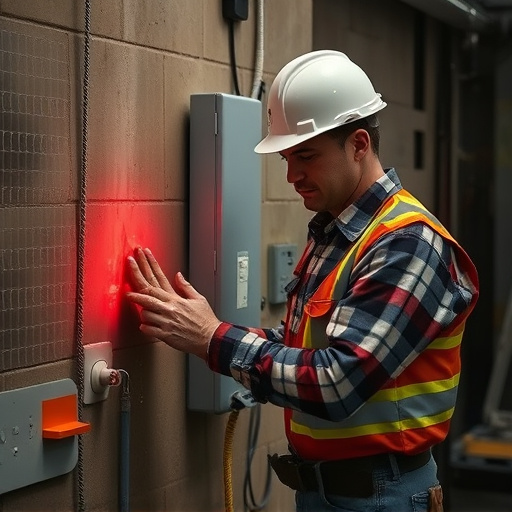
Heat and cold therapy have long been used as complementary wellness care methods for various ailments, including pinched nerve relief. Each approach stimulates different physiological responses in the body to help alleviate pain and promote healing. Heat therapy, or thermotherapy, increases blood flow to the affected area, providing oxygen and nutrients essential for tissue repair. It also helps relax muscles, reduce inflammation, and improve flexibility, making it particularly effective for conditions like tight neck muscles due to poor posture or spinal adjustments during chiropractic treatment.
On the other hand, cold therapy, or cryotherapy, is used to numb and reduce swelling in injured tissues. By constricting blood vessels and slowing nerve impulses, cold compresses can provide immediate pain relief for pinched nerves caused by sudden injuries or repetitive strain. This method also helps decrease metabolic activity at the site of injury, which can further aid in reducing inflammation and promoting faster healing when combined with appropriate spinal adjustments during chiropractic treatment sessions.
Choosing the Right Therapy: Tips and Considerations for Pinched Nerve Relief

Choosing the right therapy for pinched nerve relief depends on understanding your specific condition and symptoms. Heat therapy is often recommended for initial treatment, as it can help relax muscles, improve blood flow, and alleviate pain associated with pinched nerves, like sciatica or headache relief. Applying heat with warm compresses, baths, or heating pads for 15-20 minutes several times a day may provide significant comfort.
However, if your symptoms persist or worsen, cold therapy might be a better option. Ice packs or cold compresses can reduce inflammation and numb the affected area, providing temporary relief from pain. Physical therapy is another crucial consideration, offering exercises tailored to strengthen muscles, improve flexibility, and prevent further nerve compression. Combining heat and cold treatments, along with targeted physical therapy, often yields the best results for lasting pinched nerve relief.
When it comes to alleviating pinched nerve symptoms, heat and cold therapy offer effective, yet contrasting approaches. Heat increases blood flow, reducing inflammation and relaxing muscles, while cold numbs and reduces swelling. The choice between the two depends on your preference and the stage of your pinched nerve condition. For acute injuries, cold therapy is often recommended to stop pain and swelling immediately. In contrast, heat therapy becomes beneficial once the initial inflammatory response has subsided, promoting healing and flexibility. By understanding these mechanisms, you can make informed decisions to achieve efficient pinched nerve relief.

